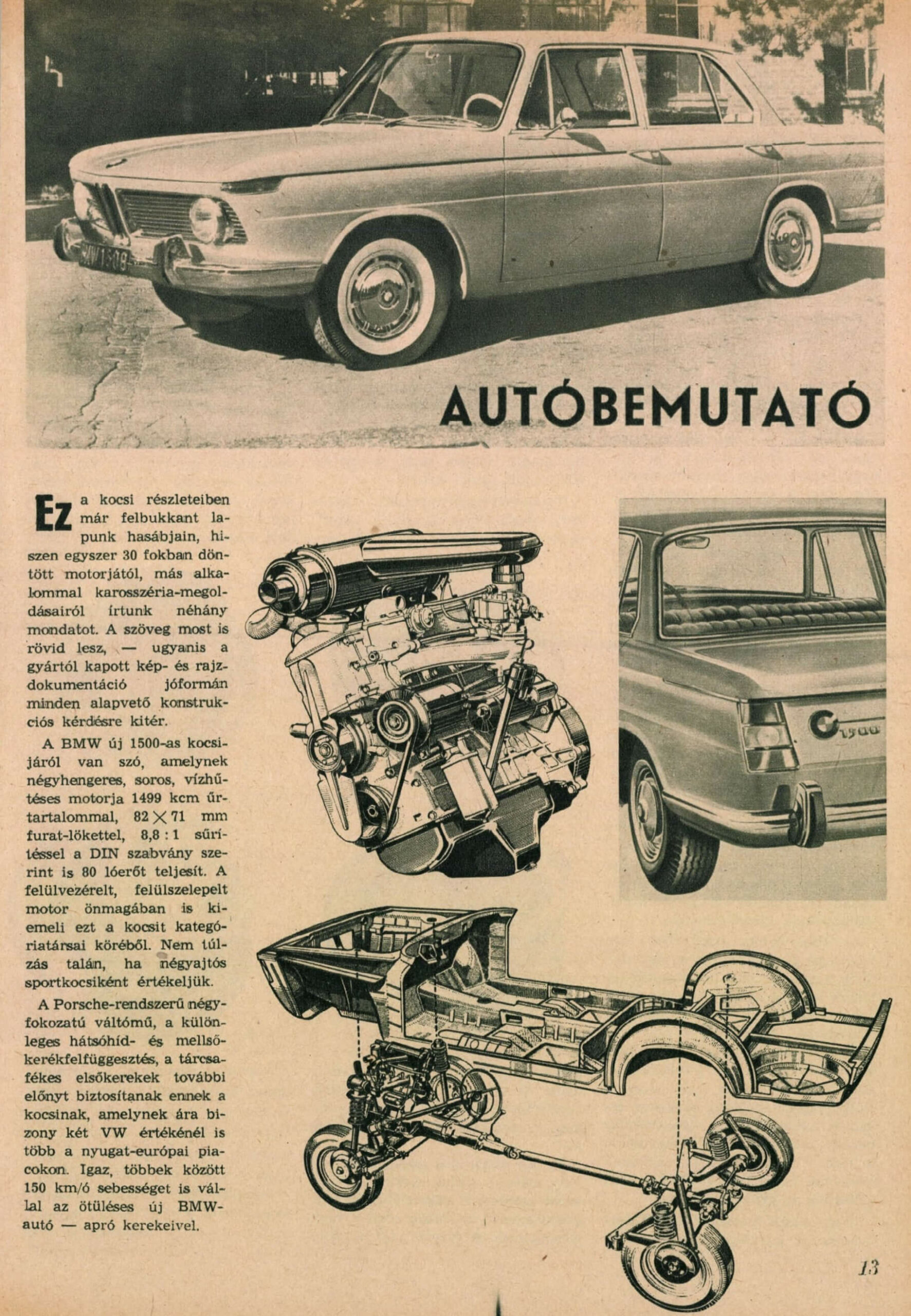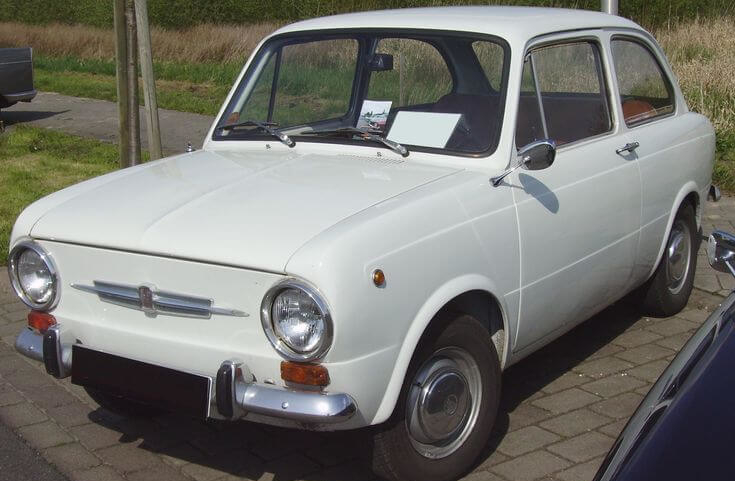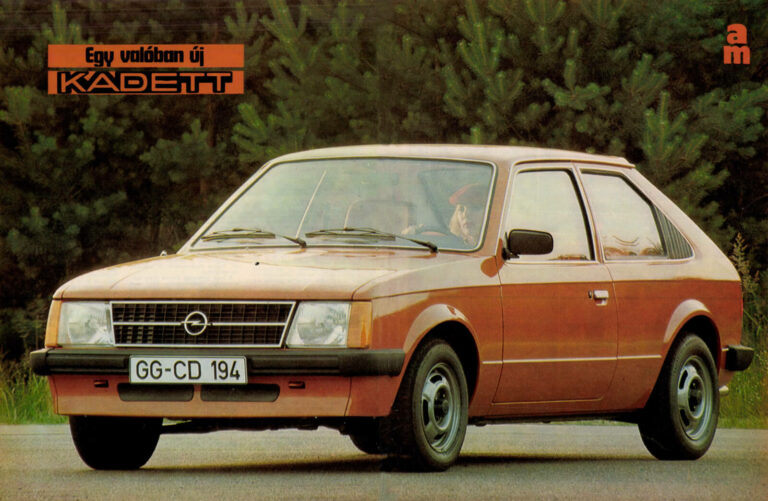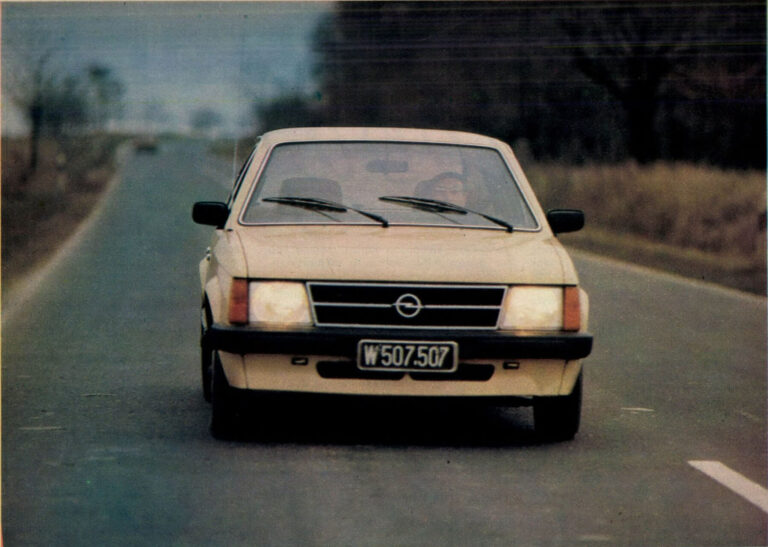1962 - The rescuing "Neue Klasse"...
...the BMW 1500
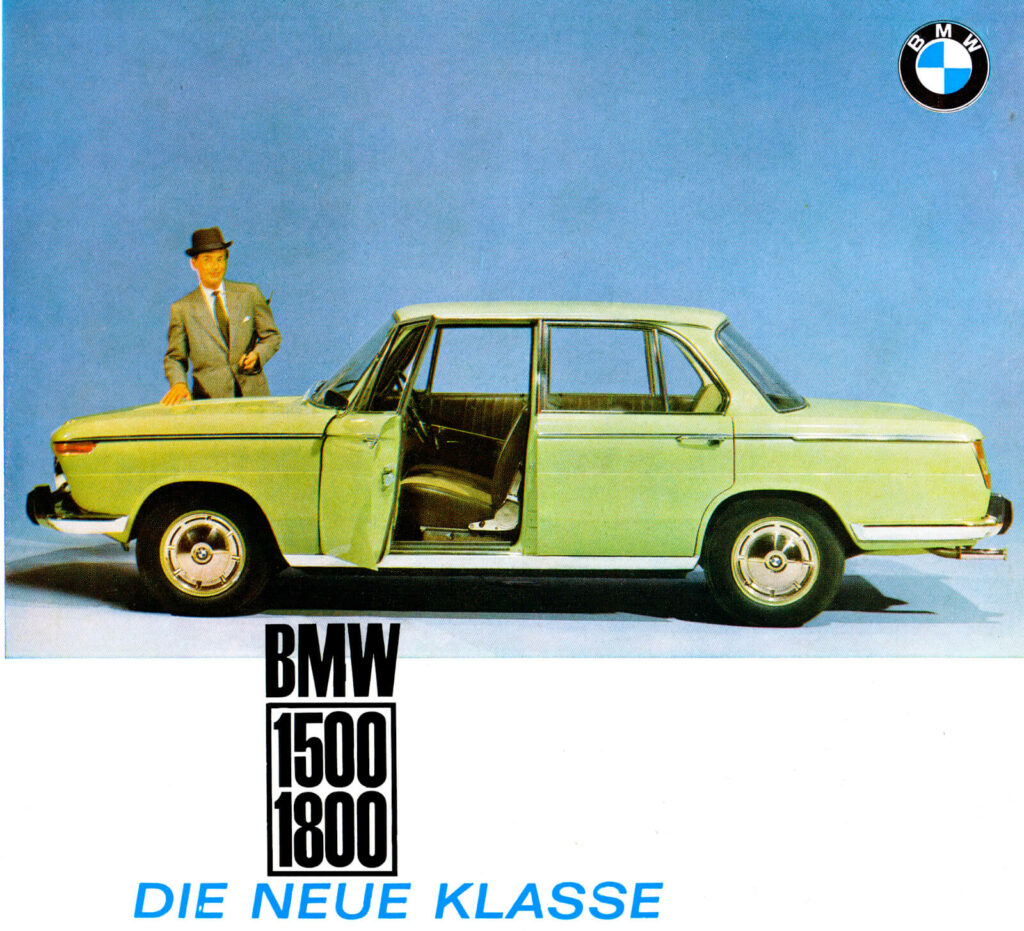
Although BMW had some impressive car designs even before the war, and was one of the best aircraft engine manufacturers from the very beginning, it is probably thanks to this little car that we don't think of this iconic brand today as we do of many of its once legendary, now defunct competitors. Perhaps it is enough to remember the innovative NSU, Austin, Triumph or the German Borgward - which also features in this story - or the quiet demise of the Saab, not so distant in time, but still painful even for us.
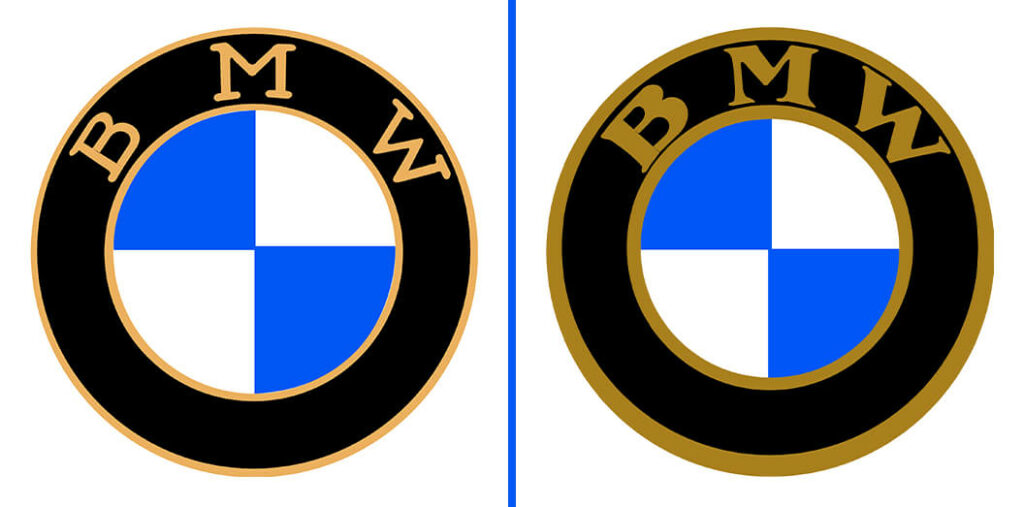
In the early days, the company produced aircraft engines: the blue part refers to the colour of the sky and the white to the propeller. They also paid homage to the blue and white flag of independent Bavaria. The two pictures show the logos used between 1917-33 and 1933-53 - Image source: blog.designcrowd.com
It didn't take much.
In 1945, the central factory in Munich was almost completely destroyed, and the Eisenach plant was taken over by the Soviet Union. As the latter site had all the necessary production equipment, it was able to produce pre-war models immediately. BMW in Munich refused to accept that cars could be produced in its name without it having any control over the process, so in 1951 the company took legal action to ban the Eisenach plant in East Germany from using the name. Thereafter, the vehicles born here were marketed under the name EMW, and the factory was declared a State Enterprise (Volkseigenen Betrieb, VEB) in 1952. Since no production took place elsewhere during the same period, it can now be assumed that the BMWs produced between 1945 and 1951 - although only a few thousand units - were Soviet-made.
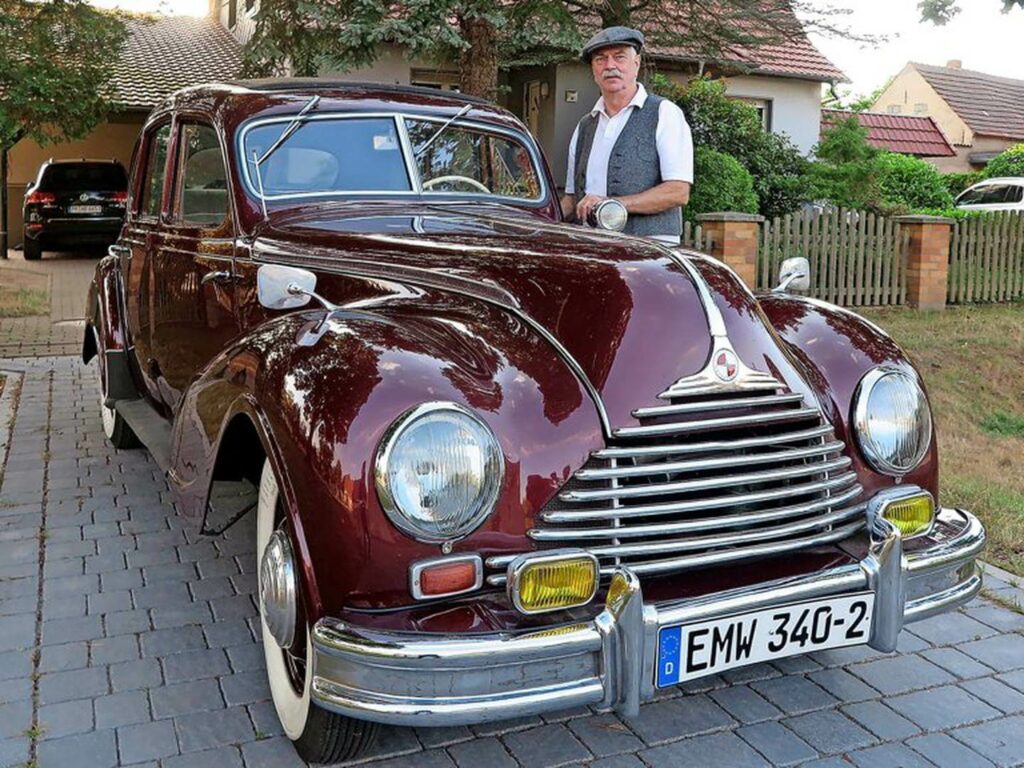
A Soviet-built BMW 340, now known as EMW - Image source: maz-online.de
No cars were made in Munich before '45, until then the Bavarian city had produced motorcycles, various types of brakes and kitchen utensils. The first post-war model was the 501, which was first produced with six-cylinder and then V8 engines. The baroque beauty of the car was so costly to produce that the company lost four thousand marks on every one sold.
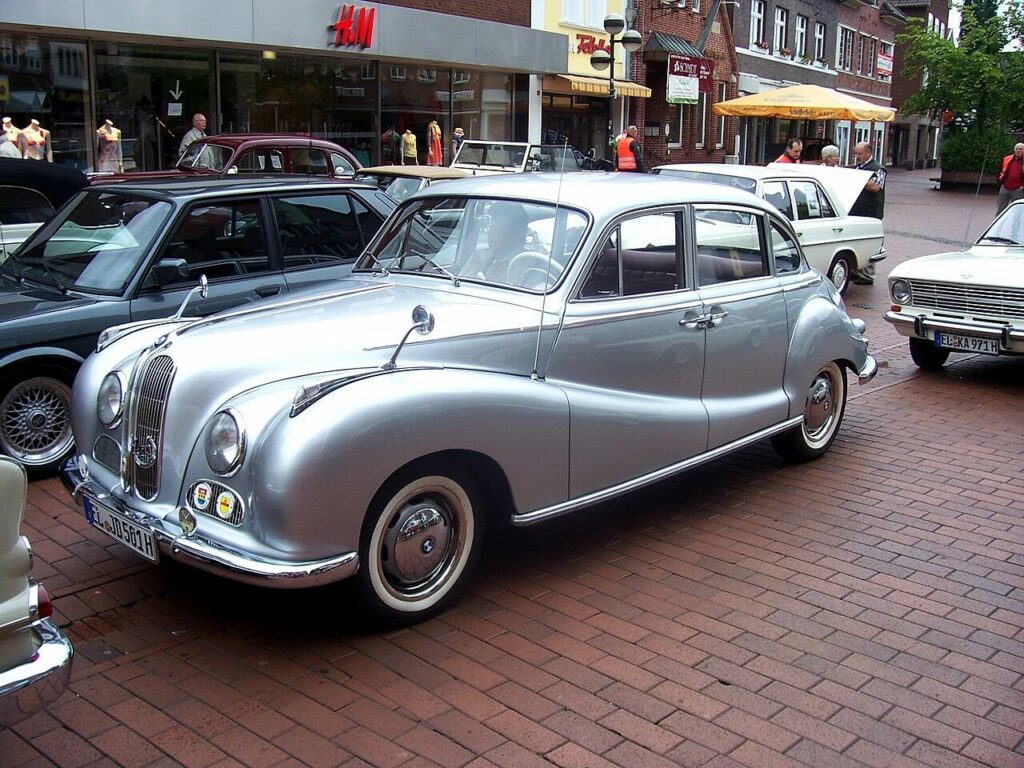
The beautiful but lost "baroque angel", the BMW-501: the first BMW made in Munich, 1957 - Image source: wikipédia / Martin V.
Another problem was the sharp decline in the motorcycle market from the mid-fifties onwards. Even the Isetta, which went into production in 1955 under the licence of the Italian ISO group, could not prevent the rapidly worsening financial crisis, even though the small car, which BMW had reinvented, was finally a success.
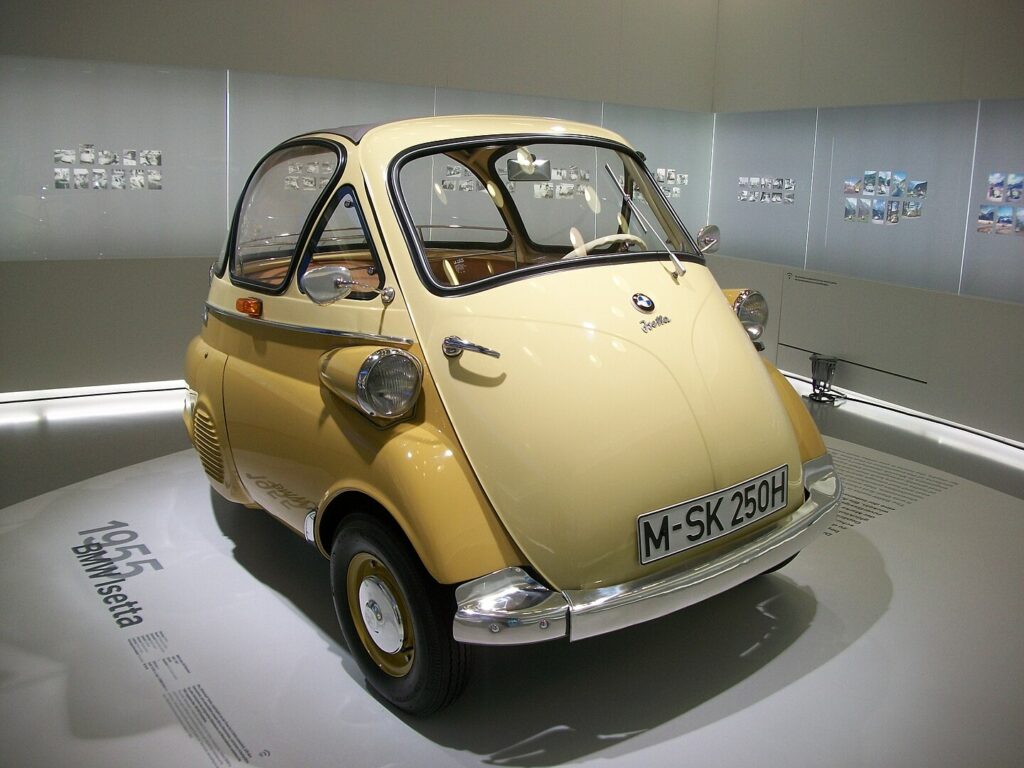
1955 BMW Isetta 250, BMW Museum, Munich. Image source: wikipedia / Viggen
In 1959, Der Spiegel reported that with the 501 and Isetta in production, the company was making cars for bank managers and day labourers. Cars aimed at the middle class were missing from the model range.
After the company had posted heavy losses in the business years 1958 and 1959, on 9 December 1959 the board of directors and supervisory board appointed by Deutsche Bank put forward an offer to sell BMW to Daimler-Benz Aktiengesellschaft, with the financial satisfaction of the small shareholders. It seemed that BMW's fate was sealed because Deutsche Bank represented half of the share capital. At that time, an alliance of staff, works councils, car dealers and small shareholders turned down an offer to audit the company's balance sheet with the help of the Darmstadt shareholders, coal merchant Erich Nold and Frankfurt lawyer Dr Friedrich Mathern. This was enough for 10% of the votes. The balance sheet then proved to be incorrect and the company avoided a takeover.
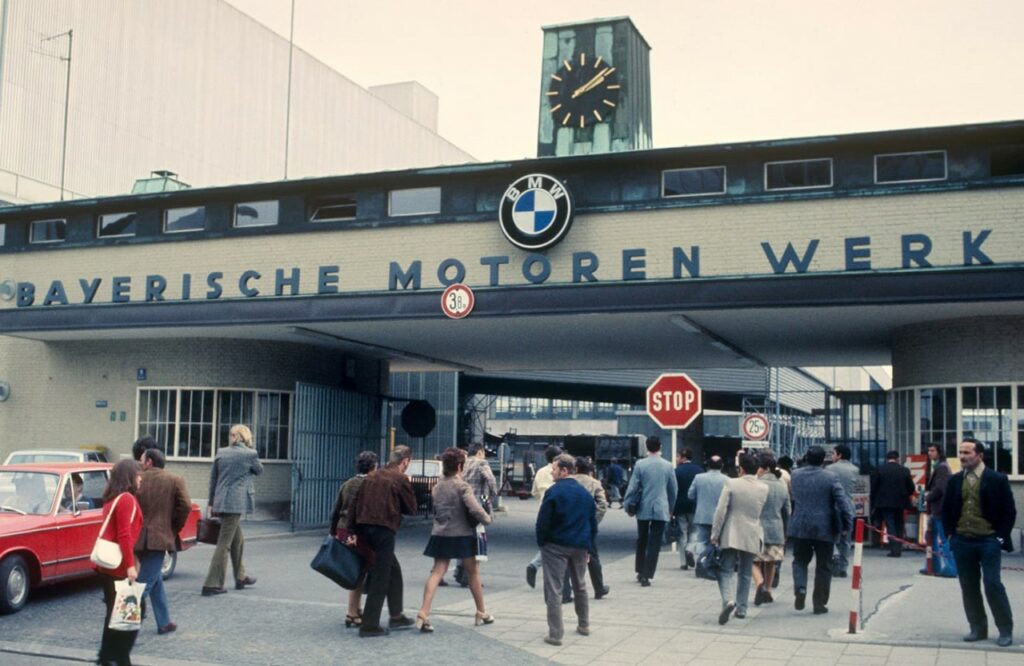
A shift at BMW sometime in the second half of the 1960s - Image source: bmwgroup.com
It is not mentioned in the major Internet encyclopaedia, but a key role in the thwarting of the deal was played by Herbert Quandt, one of the owners of the Quandt group, a former Nazi Party stalwart who owned shares in Daimler-Benz as well as BMW, and who, risking much of his fortune, increased his stake in BMW to 50 % against all good advice. It was this risky move which could then ensure the survival of the company and the financing of the production of the BMW 700. Herbert's decision was no doubt helped by the fact that the real saviour was already in the pipeline:
the BMW 1500.
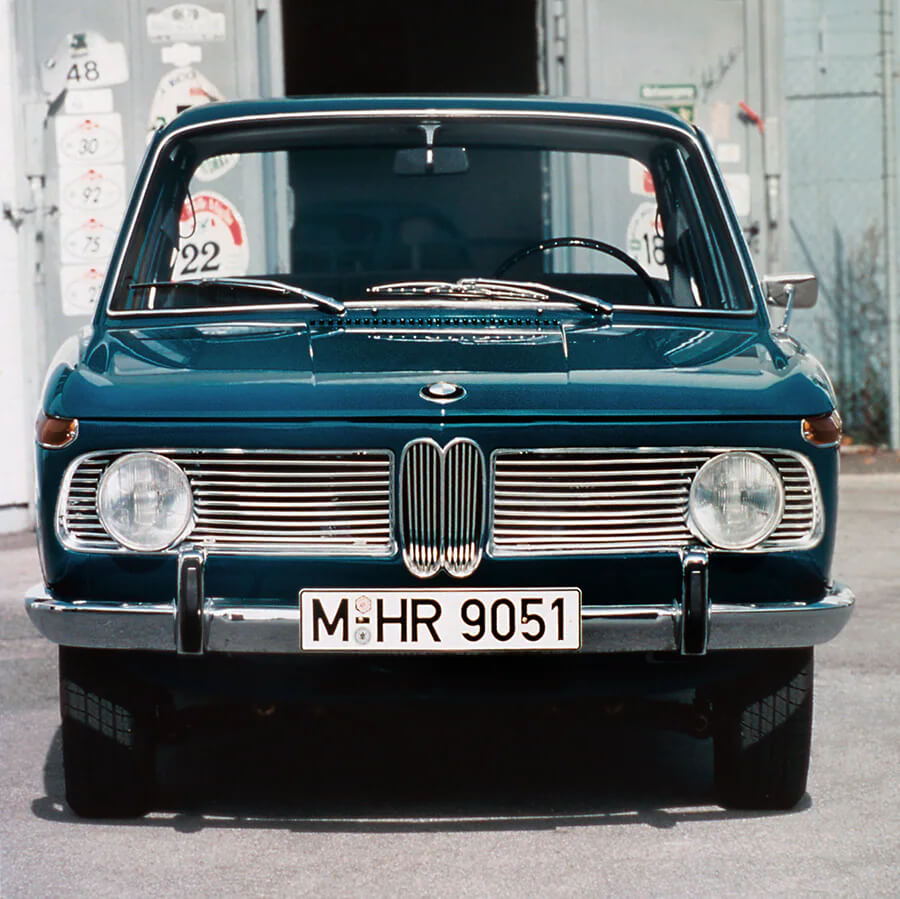
The 1500 - Image source: bmw.com
As indicated above, in the 1950s the BMW range consisted of luxury cars (501, 502, 503...) with two-litre or larger displacement, small economy cars (Isetta) powered by motorcycle engines and motorcycles. As their luxury cars had by then become obsolete and their motorcycles and economy cars were less and less attractive to the slowly but surely enriching customers, BMW needed to create a successful car in the 1.5-2 litre class to become competitive again in an increasingly strong market.
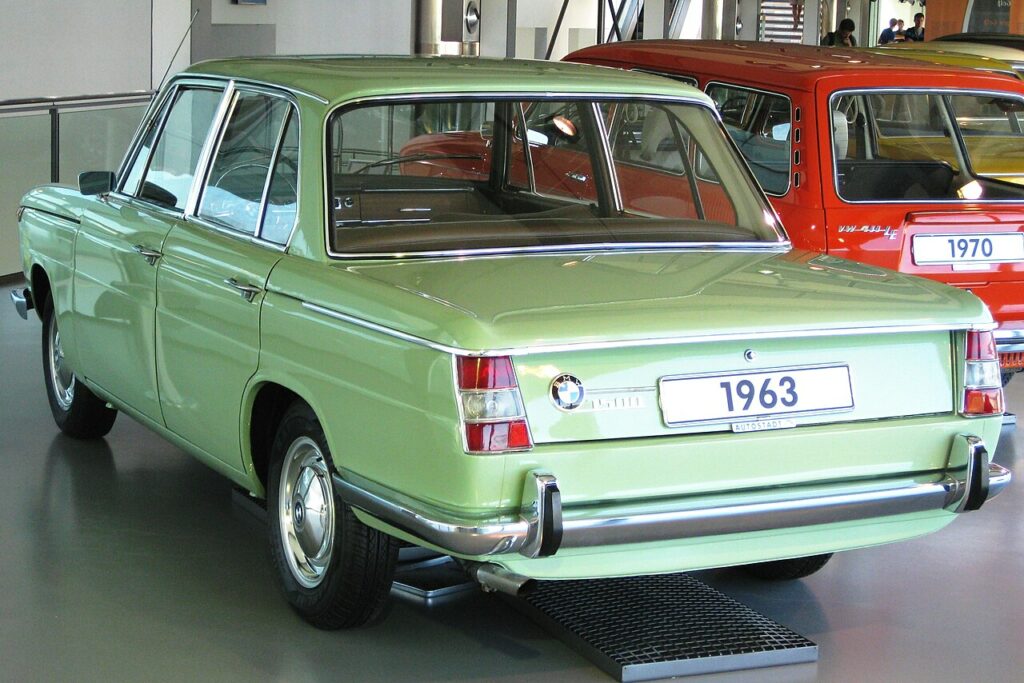
Image source: wikimedia / Charles01
In 1960, the year of Herbert Quandt's investment, the "Neue Klasse" project began. In the team led by Fritz Fiedler, Eberhard Wolff was responsible for chassis design, Wilhelm Hofmeister for styling and body design and Alex von Falkenhausen for engine design. The task was to create a new car with a new engine, something BMW had not done since the 303 in 1933.
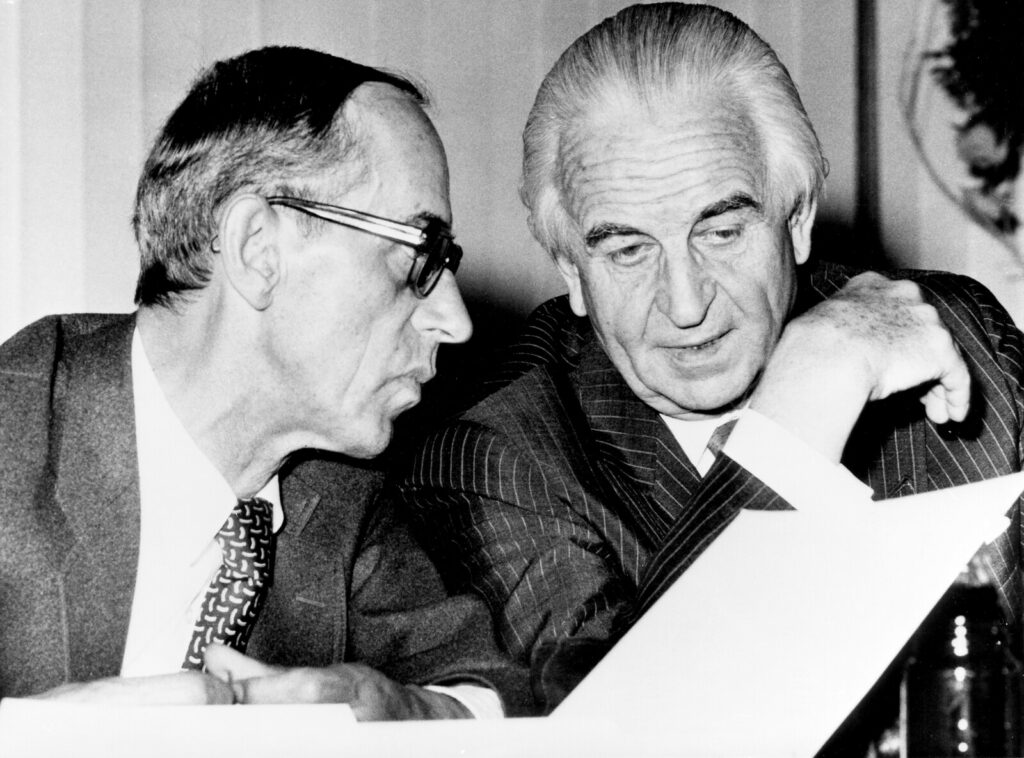
Kurt Golda, Chairman of the BMW Works Council, with Herbert Quandt sometime in the 1970s - Image source: press.bmwgroup.com
The prototype was presented at the Frankfurt Motor Show in September 1961.
The term "Neue Klasse", "New Class", referred to the 1.5 to 2 litre performance segment, in which BMW had not been present since the Second World War.
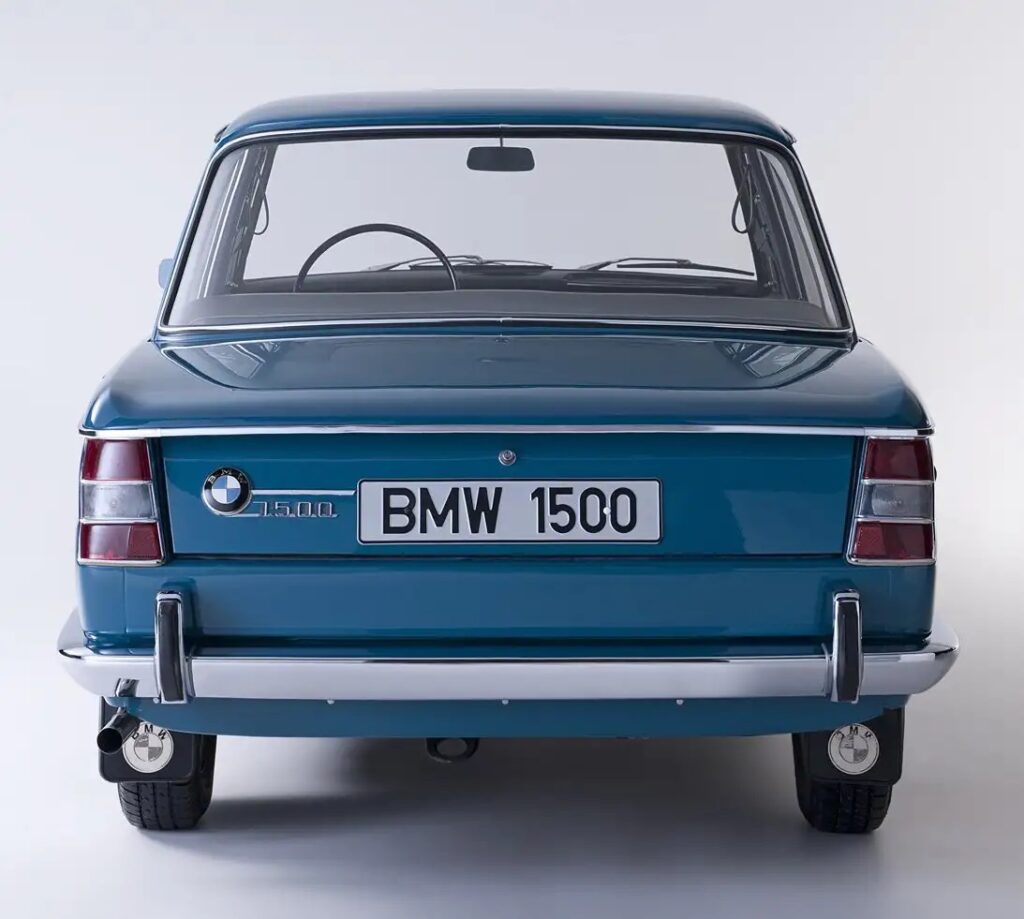
A shapely back... - Image source: special.blog.hu
The 1500 four-door saloon was in many respects a conventional four-door saloon, with a unitary body and MacPherson strut front suspension. Less traditional was the rear suspension, which used coil springs and semi-trailing arms.
All "neue klasse" cars had front disc brakes.
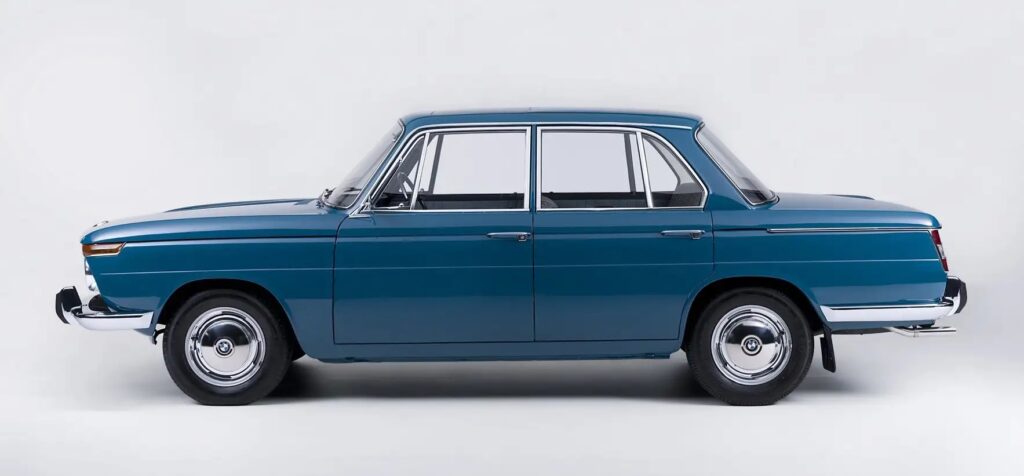
...and a profile - Image source: special.blog.hu
The M10 overhead camshaft engine used in the car was initially a 1.5-litre engine designed by Baron Alex von Falkenhausen - an engineer and racing driver - in the late 1950s. BMW's original brief was for a 1.3-litre displacement engine, but Falkenhausen persuaded the management that the minimum displacement should be at least 1.5 litres and recommended an engine that could be extended up to 2.0 litres.
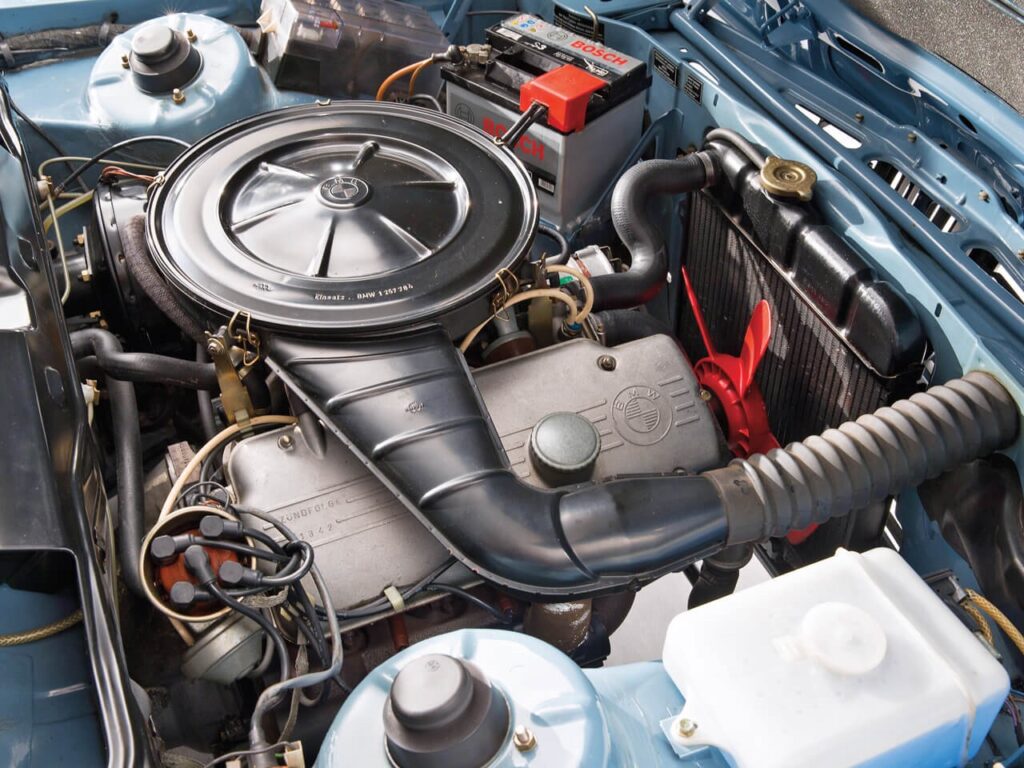
The engine compartment - Image source: drive-my.com
The engine design was so successful that it and its variants were in production until 1988, and some 3.5 million units were built. It was also the basis for the turbocharged M12 used in Formula 1, which could produce up to 1400 hp (1030 kW) with the appropriate qualifying modifications.
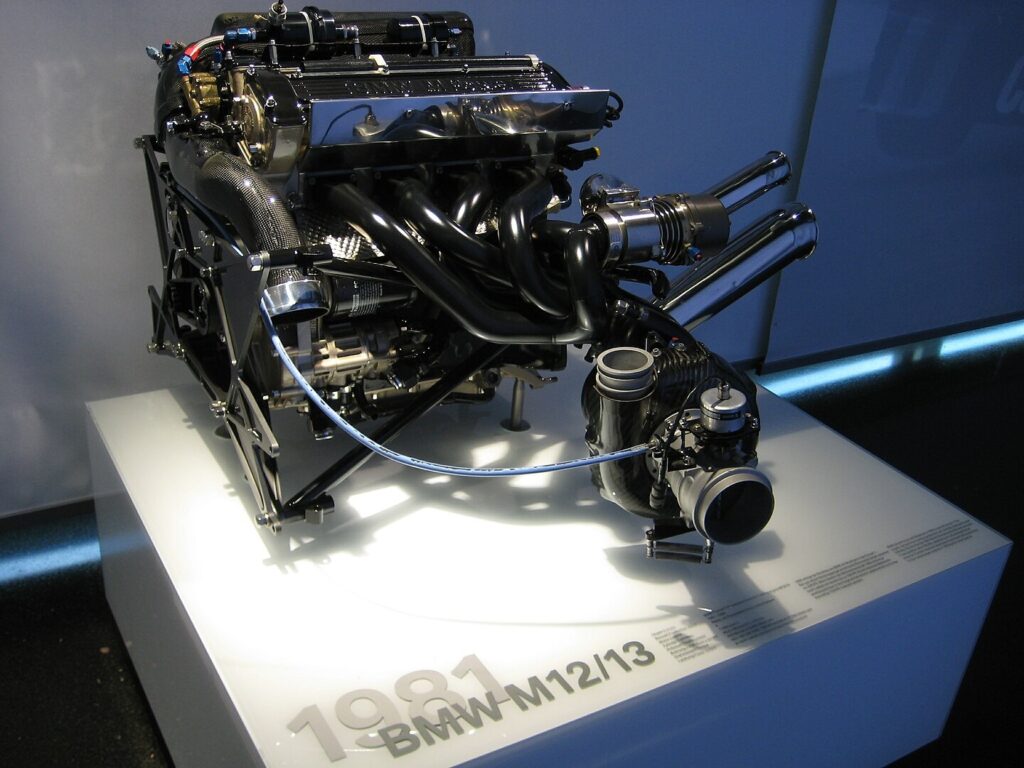
The M12/13 engine used in Formula 1 - Image source: wikipedia / Buschtrommler
The BMW 1500 finally went into production more than a year after its launch - in October 1962 - and was only produced in this form for just over two years, until December 1964, with a total of 23,807 units. After that, the engine displacement was extended to 1600, but the 1800 was already in production, and in '66 the 2000 cc version arrived. (This 1600 would become the 1600 that would become the successor to the legendary BMW 02 series, which was produced until 2014.)
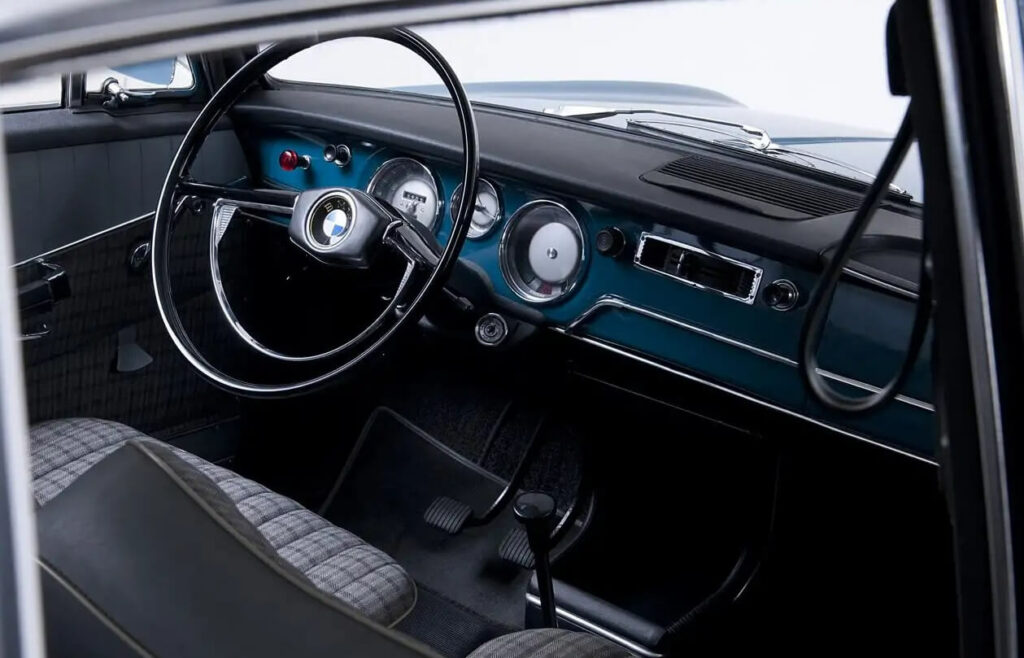
The interior - Image source: special.blog.hu
Another now iconic legacy of the 1500 is the Hofmeister kink, or Hofmeister break, named after the designer Wilhelm Hofmeister, which has become almost a trademark of BMW. The shape itself, which consists of a back/front angle close to the bottom of the rearmost pillar, although it appeared on other makes of car produced before Hofmeister's tenure at BMW, is still associated with BMW. The "break" can still be found on BMWs today (and of course on countless other makes since then).
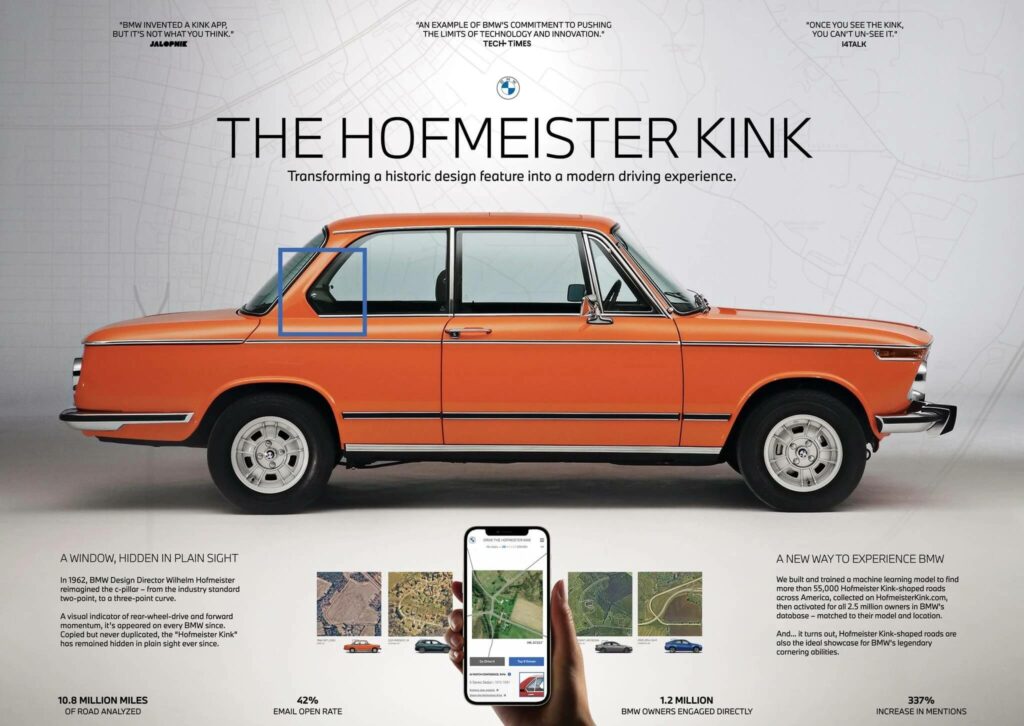
Image marked with a blue square - Image source: lovethework.com
In the years leading up to the launch of the BMW 1500 in 1962, BMW was making huge losses. Even 1962 was a loss-making year, with sales of DM 294 million, but by 1963, thanks to the "Neue Klasse", sales had increased by 47% to DM 433 million, and BMW was able to pay dividends to its shareholders for the first time in 20 years. The fact that Borgward went bankrupt at the same time, and its 1500 cc 'Isabella', which had been very successful, was quietly disappearing from the market, certainly helped to boost sales.
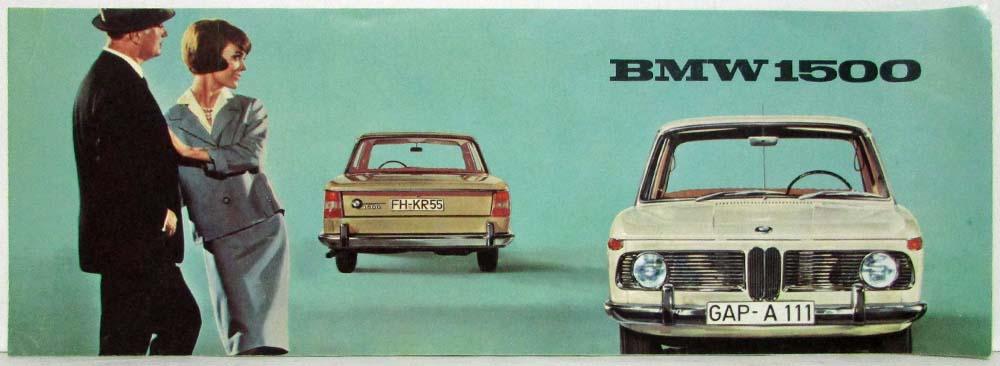
Image source: autopaper.com
The "Neue Klasse" was produced in a number of engine versions until 1972 and not only saved the company and the brand from decline and oblivion, but also established BMW's identity as a sports saloon. The BMW 5 Series followed suit.
The Hungarian trade press - the excellent Autó-Motor - was refreshingly up to date, reporting on the car as early as August 1962:
